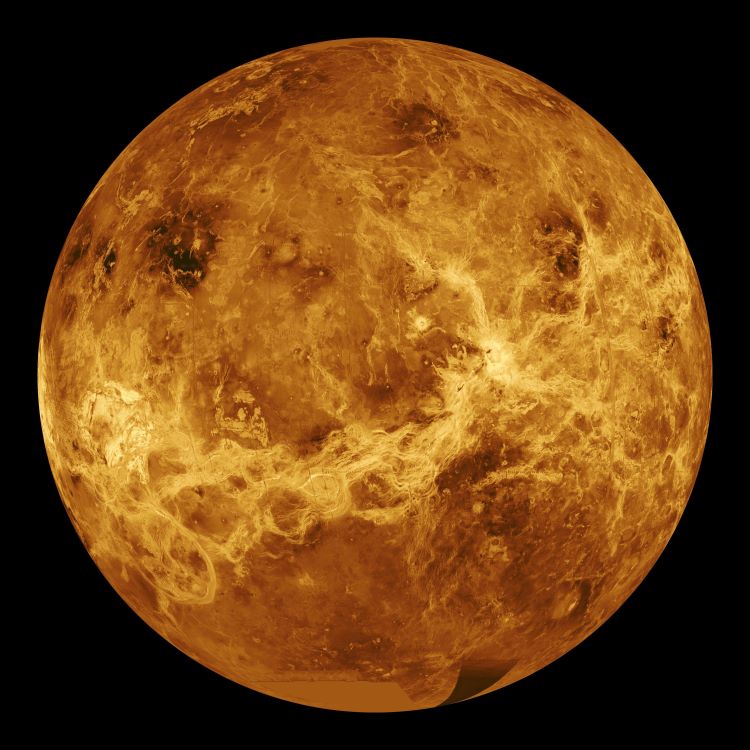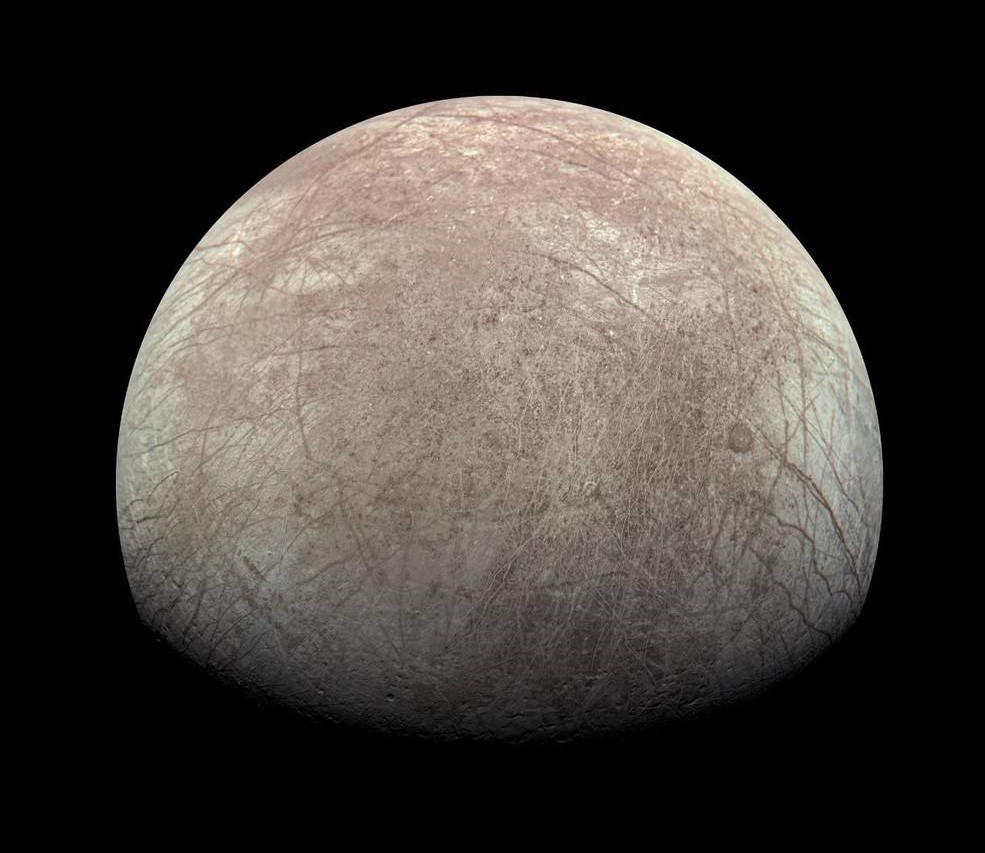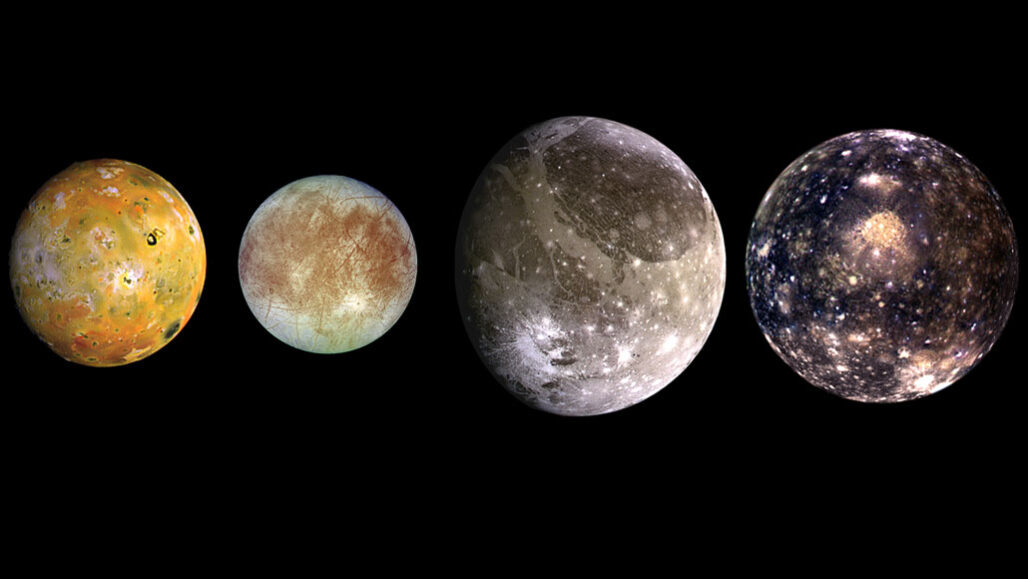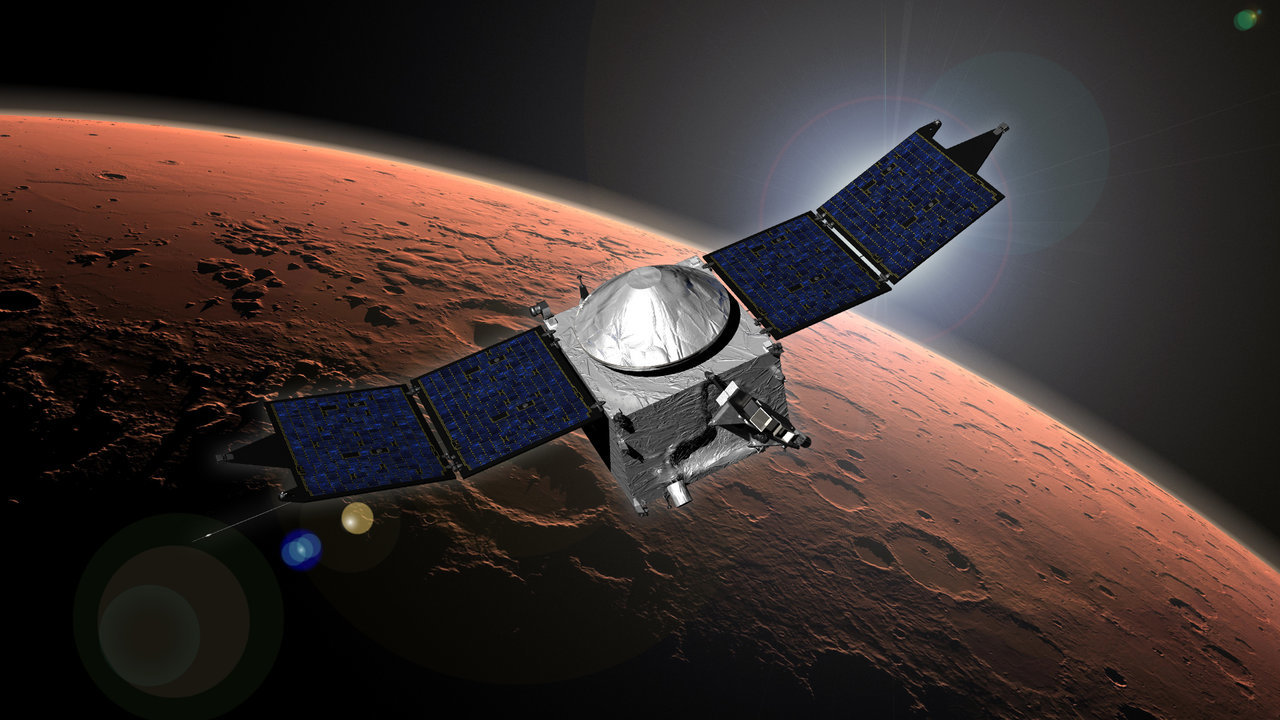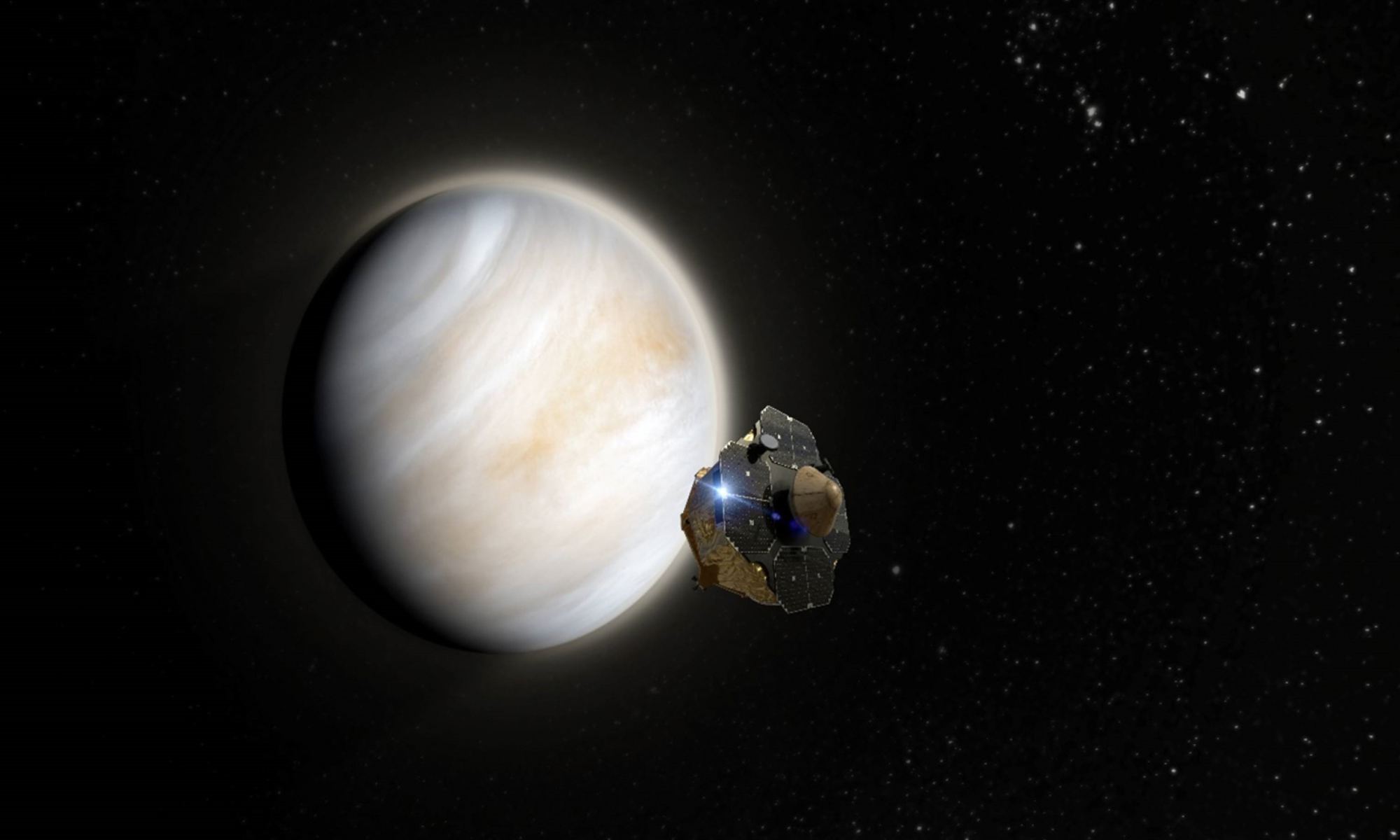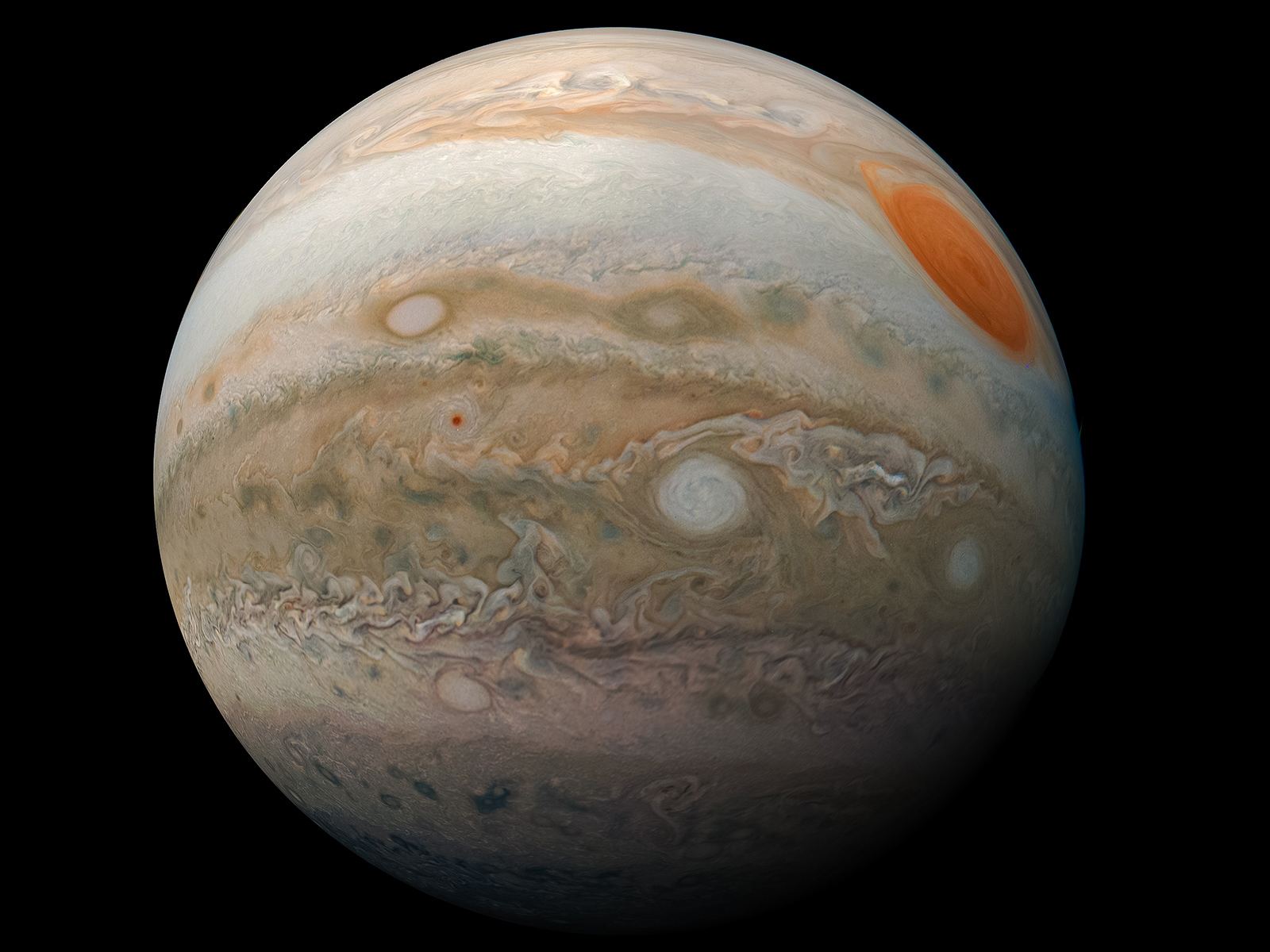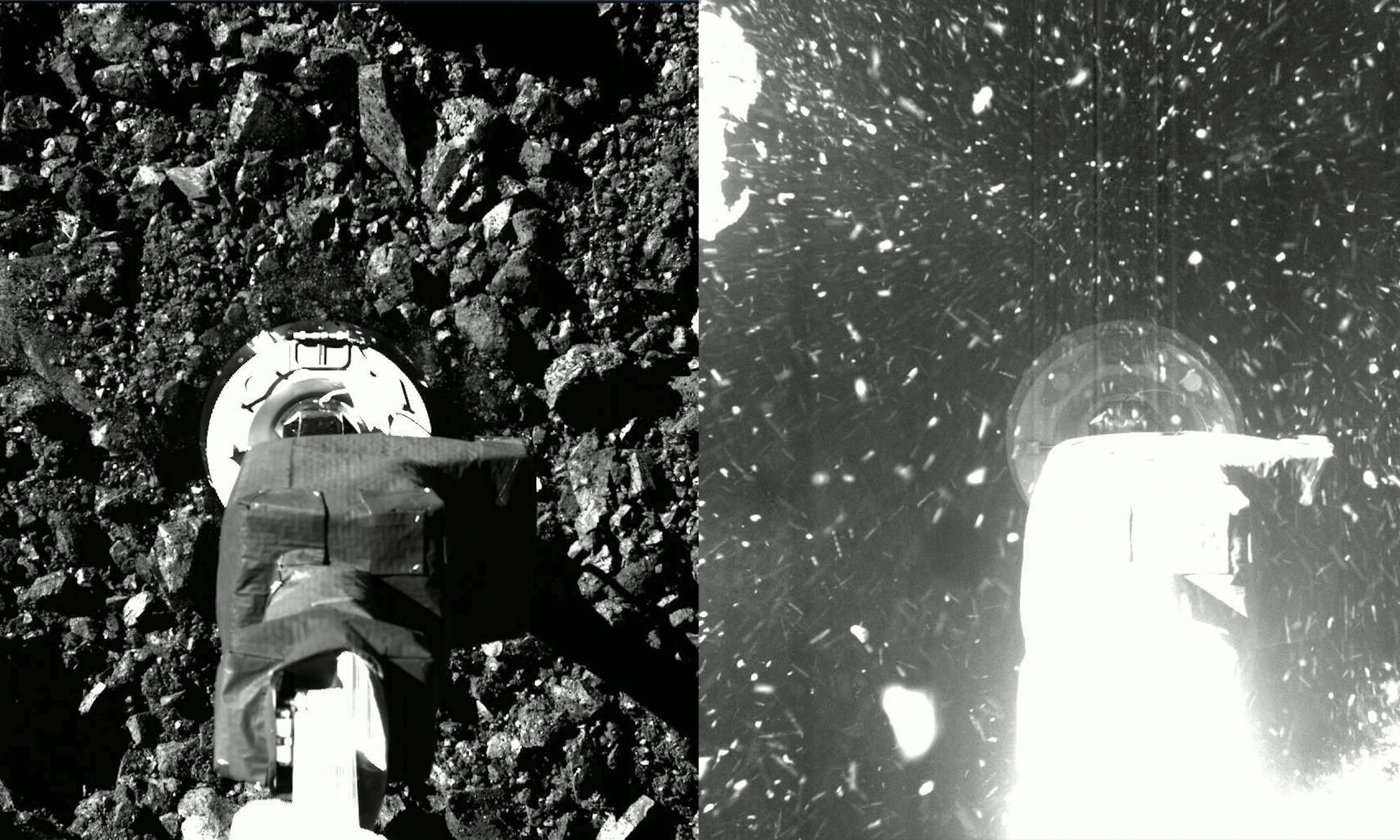A recent study submitted to Acta Astronautica examines the prospect of designing a Venus mission flight plan that would involve visiting a nearby asteroid after performing a gravity assist maneuver at Venus but prior to final contact with the planet. The study was conducted by Vladislav Zubko, who is a researcher and PhD Candidate at the Space Research Institute of the Russian Academy of Science (RAS) and has experience studying potential flight plans to various planetary bodies throughout the solar system.
Continue reading “If You’re Going to Visit Venus, Why Not Include an Asteroid Flyby Too?”If You’re Going to Visit Venus, Why Not Include an Asteroid Flyby Too?
